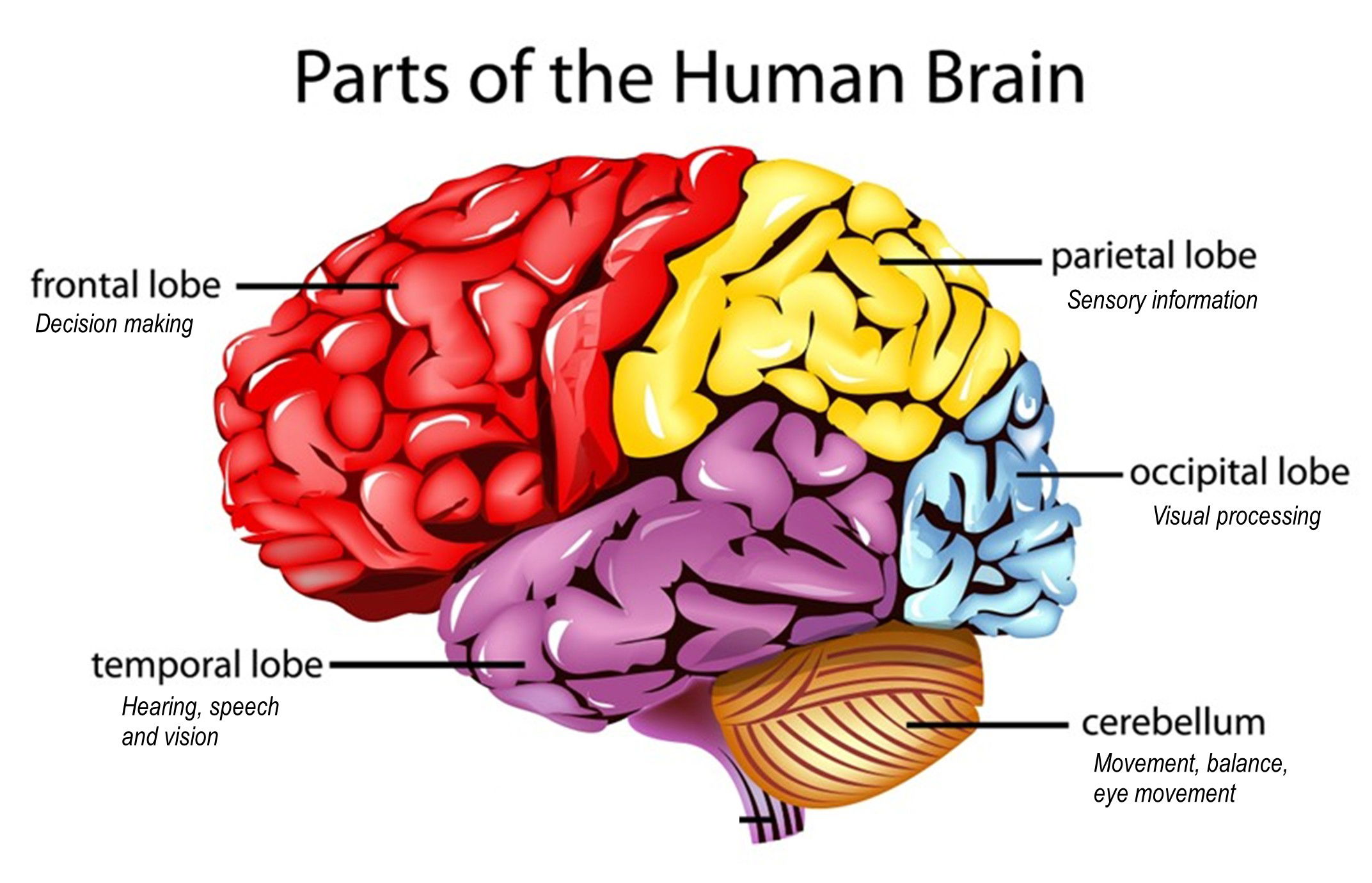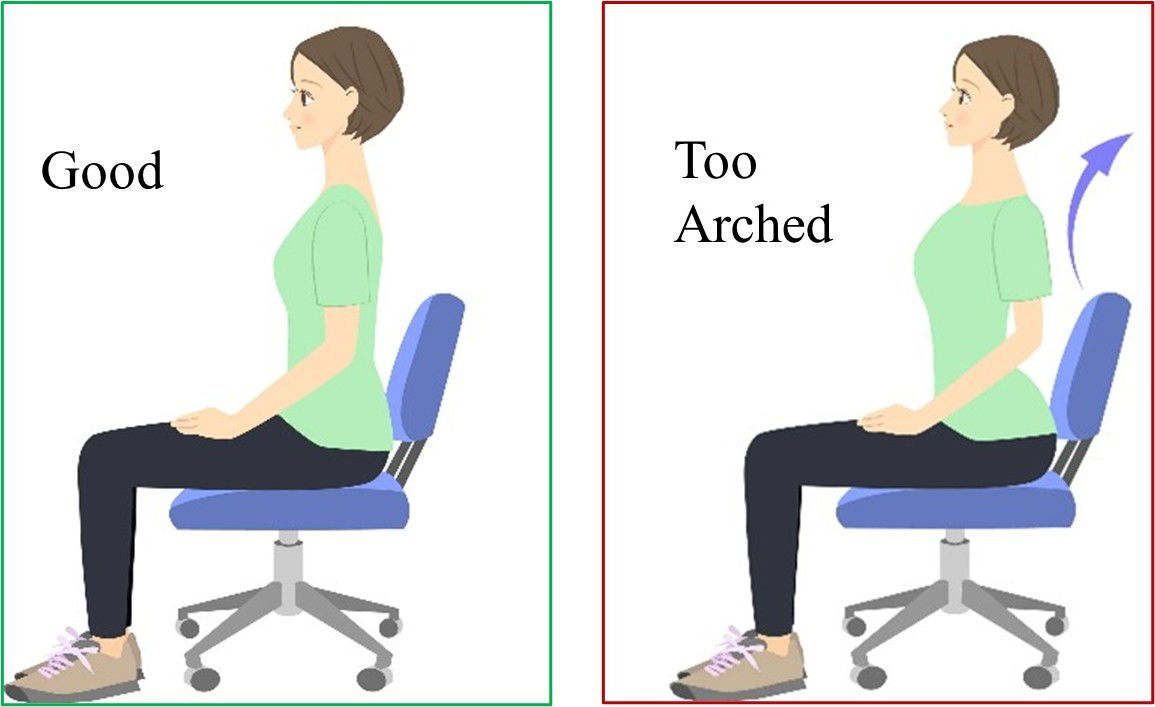Playing in a String Orchestra is Good for Your Health

It seems that people have always been looking for ways to be more healthy. Among the variety of options available, one particularly enriching path lies in the world of music. Playing in a string orchestra, with its elevated melodies and mutually supportive spirit, holds the potential to nurture physical, mental, and emotional health and can contribute to a sense of being closer to God. Johann Sebastian Bach is quoted as saying, "I play the notes as they are written, but it is God who makes the music.” Beyond the enchanting music that comes from stringed instruments, participating in a string orchestra offers a unique journey towards improved well-being.
- Harmonizing Through Connection
Human beings are inherently social creatures, and the need for connection is deeply ingrained in our nature. A string orchestra provides a platform for individuals to come together and create a unified symphony that goes beyond the realm of music. The shared experience of crafting melodies and harmonies fosters a sense of camaraderie among orchestra members. Collaborative rehearsals, harmonizing performances, and the shared pursuit of artistic excellence create bonds that often extend beyond the music itself.
The relationships forged within a string orchestra can develop into lasting friendships and a supportive network. This network becomes a source of emotional resilience during challenging times and a platform for celebrating achievements together. The sense of belonging within the orchestra community nurtures emotional well-being, reducing feelings of isolation and loneliness, mental health issues that have become even more prevalent in the last few years.
The conductor should take good advantage of such cohesiveness among the String Orchestra’s musicians. When developing a repertoire for the next concert, as much as possible, involve the group in the process of choosing the pieces to be played. The director can play a recording, full or just a sample, explain why he or she is suggesting each one and get feedback from the group. The group may need to understand that one or more pieces fit the required criteria of the curricula for their group, if such criteria exists in that school district.

- The Instrumental Workout for the Brain
Playing in a string orchestra is not only a feast for the ears but also a mental workout that stimulates cognitive growth. Learning intricate compositions, deciphering musical notation, and synchronizing with fellow musicians activate various cognitive functions. String players must navigate complex fingerings, memorize sheet music, and adapt to tempo changes, which enhances memory recall and cognitive flexibility.
The orchestral setting demands active listening and precise timing, promoting enhanced auditory processing and concentration. Musicians must tune in to the sounds of their instruments and those around them, adjusting their playing in real-time to maintain harmony. This heightened cognitive demand sharpens focus and attention, leading to improved problem-solving skills and heightened multitasking abilities.
Here is an abbreviated list of some of the more specific ways that playing music is good for a musician’s mind:
STRUCTURE
- A musician’s brain will “rewire” itself. The nerves create new synapses (nerve pathways) and strengthen existing ones. Studies show that musicians’ brains also develop changes in its very structure. In a musician’s brain, the bundle of nerve fibers that connects the left and right hemispheres of your brain becomes thicker. Because of that, information travels much faster between the analytical left brain and the creative right brain.
- In a musician’s brain, the cerebellum, which is responsible for motor control and coordination becomes larger. This allows the brain to be able to perform the complex movements required to play an instrument.
- The part of the brain that processes sound and speech is enlarged in the brain of a musician, making it possible for them to process sound more efficiently.
PERFORMANCE
- Improved executive function is the first result of the brain’s improved structure. Executive function is how the brain goes about planning, making decisions, and solving problems. Musicians often show superior abilities in multitasking, strategizing, and adapting to new situations.
- Many musicians display improved working memory, the ability to hold and manipulate information in their minds. It helps them not only to remember complex musical pieces, but also to remember vital academic information such as math formulas, historical dates, and chemical equations, among others.
- Training and experience as a musician improves the person’s ability to process language. Education in one’s native language becomes deeper and more efficient, and learning new languages becomes much easier.
- Learning and performing music, especially playing an instrument, can also enhance a musician’s ability to think spatially, perform complex mathematical problems, and mentally visualize and manipulate objects. Since a musician understands rhythm and musical notation, mathematical concepts like fractions and pattern recognition, the foundation for algebraic equations, become easier to grasp.
It is said that a musician needs at least three eyes, two for the music and one for the conductor. A fourth eye to monitor the actions of fellow musicians wouldn’t hurt, either, especially during sections where bowing may be more intricate than usual.

- Develops Focused Physical Strength and Agility
Playing in a String Orchestra will not replace the need for physical activity in general, but it will add, mildly, to a musician’s core strength, certain muscles in the arms and back, and others. The posture and body alignment needed to hold and play string instruments contribute to improved body awareness and musculoskeletal health. If the musician’s posture, arm positions, and other posture requirements are done properly, the muscles associated with those positions will grow stronger. Contrary, if any of those positions aren’t being done right, the musician can expect to have pain in places and possibly develop injuries such as carpal tunnel syndrome.
The intricate finger movements and control required for string playing promote fine motor skills and dexterity. Such skills can transfer to other skills such as computer keyboarding, handwriting, sewing, other craft works, and more.
However, it is imperative that the motions of playing your instrument be done correctly to reduce or eliminate the possibility of developing carpal tunnel syndrome, Reynard’s Syndrome, pain in the neck, either or both shoulders, either or both arms, and other musculoskeletal disorders. Therefore, part of any practice times should be spent making sure that every part of the body is in its proper place and is being used properly. Here are some of those conditions and how to avoid injury: - Posture - It is essential to sit in such a way that causes the least strain, if any at all. Keep your body in line. Your ears, shoulders, and hip bone should line up. Sit on edge of your chair with your feet flat on the floor.
The two pictures below depict the best way to sit and a common misinterpretation of instructions for good posture. The first one shows the ears, shoulders and hips properly aligned. The second one shows that the back is arched far too much. It’s an unnatural position and would be hard to maintain, resulting in fatigue.

Although it’s absolutely necessary to hold your arms up for long periods of time to play your instrument, lower your arms often, or whenever you can. Violinists and violists sometimes tend to lift their left shoulder when holding your instrument. Cellists can tend to raise their shoulders when going into the thumb position. Be constantly aware of what your body is doing and correct its position as you play.
- Muscle Tension - Muscular activities can be either static or dynamic. Static postures include sitting or holding up an outstretched arm, as we would when you hold the bow, or in a violin or viola player’s left arm, while the instrument is being held. Dynamic muscular activity involves just that, activity. Any motion used to play your instrument is dynamic. (It’s like the difference between potential and kinetic energy in the world of physics).
Slight variations in where you hold your instrument and the amount of muscle contraction you use can reduce the amount of muscle strain that too much tension can cause. - Comfortable Chair - Make sure your chair is comfortable and conducive to playing. Soft, comfy chairs are great for relaxing, but not for playing. Find a chair that has a straight back and somewhat padded seat. It’s important to sit in a position where your knees are lower than your hips and your thighs slope downwards. Forward sloping seats are advantageous because your center of gravity is placed forward over the sitting bones rather than thrust backward.
- Taking a Break - Any posture that is rigidly held for any length of time is exhausting. If you move around when you play you are making the position dynamic rather than static. Take breaks. A minimum of 10 minutes per hour is a good guide.
There are a variety of websites with much more detail about how to achieve these body position goals. This gives you a good idea about where to start.
Additionally, the act of playing strings requires controlled breathing and breath management. This controlled breathing enhances lung capacity and respiratory health, promoting better oxygenation of the body. One good way to be able to breathe well while playing is to follow the phrasing of the piece itself. Analyze the phrasing and breathe with it. This could mean inhaling during ascending passages and exhaling when the music falls. Or, it could mean following the dynamics of the phrases. Although bowing is usually done in unison in a section, breathing must be done to benefit the musician.
And, just as with any musical group, the members of a string orchestra may regularly need to carry instruments, music stands, chairs, a conductor’s podium and more to concerts that are held outside of their normal venue. - Develops Eye-Hand Coordination
Another benefit that is related to physical strength is eye-hand coordination. When any of the string instruments are held correctly, the player is able to see where the fingers are on the fretboard. This is extremely important when learning the instrument since the fingers must be placed exactly to ensure that each note is played in tune.
Of course, after a while, muscle memory starts to take over. Muscle memory occurs over time, and occurs because of a repeated motion or set of motions. The muscles really don’t have a memory, but it seems as if they do because the set of motions is nearly automatic. Playing certain scales and other motions, when repeated over time, become s reflex action.

- Resonating Relief: Emotional and Stress Benefits
The act of playing string instruments offers a form of emotional expression that can lead to a calming, relaxing feeling. The connection between emotions and music has been well-established, and string instruments have a unique ability to convey a wide range of feelings. Expressing emotions through music allows for a therapeutic release, providing an outlet for emotions that might be difficult to put into words.
Playing in a string orchestra also engages the body's physiological response to music. The controlled, rhythmic motions of playing strings mirror deep breathing techniques used in relaxation exercises. This promotes a sense of calm and relaxation, triggering the release of endorphins – natural mood enhancers that alleviate stress and promote a sense of well-being.
The reason for this is because, among all of the instruments, strings are said to sound the closest to the human voice. So, when string musicians can’t find the right words, they can still sing!
- The Spiritual Serenade Participating in a string orchestra can hold profound spiritual significance. Music has long been used as a medium for spiritual connection and expression. The melodies and harmonies created by string instruments can evoke a sense of transcendence and communion with God.
For Christians, playing in a string orchestra can take on a deeper spiritual dimension. The act of making music becomes an offering, a way to express gratitude and worship through the gift of musical talent. String players can find spiritual fulfillment in contributing their abilities to worship services, church events, and religious gatherings, creating a harmonious bridge between faith and artistic expression. Martin Luther said, “Beautiful music is the art of the prophets that can calm the agitations of the soul; it is one of the most magnificent and delightful presents God has given us”.
Even if a string player isn’t a Christian, the wonder of the music itself can touch that person’s heart and let him or her know that God is real and wants to communicate with that heart.
Conclusion
Participating in a string orchestra is more than just playing music; it's a journey that encompasses physical, mental, and emotional well-being. The sense of connection, cognitive stimulation, emotional release, and even potential spiritual expression found in a string orchestra make it a powerful avenue for holistic growth. Whether you're a seasoned player or someone curious to learn, the world of string instruments and orchestras invites you to embark on a journey that resonates deeply within. The harmonious melodies you create are not only a gift to your audience but also a gift to your own health and well-being.
Salt Cellar Creations understands the beauty and power that a String Orchestra can convey and the challenge that String Orchesra directors face in choosing the best music for their ensemble. SCC has a growing library of original works and arrangements to help meet the needs of String Orchestra teachers and directors Find out more about what Salt Cellar Creations has to offer for you HERE. Explore the available music HERE.
SCC can also compose an original piece for you or do a custom arrangement for you that allows you to showcase your group. There are two ways that this can be done; one is much more affordable than the other. CONTACT US for more information. And SCC is always looking for ideas of pieces to arrange or suggestions for original pieces.
We have sold music not only in the US but in Canada, the United Kingdom, France, Australia, and New Zealand, Austria, and Germany. Please visit the WEBSITE or CONTACT US to let us know what we can do for you!